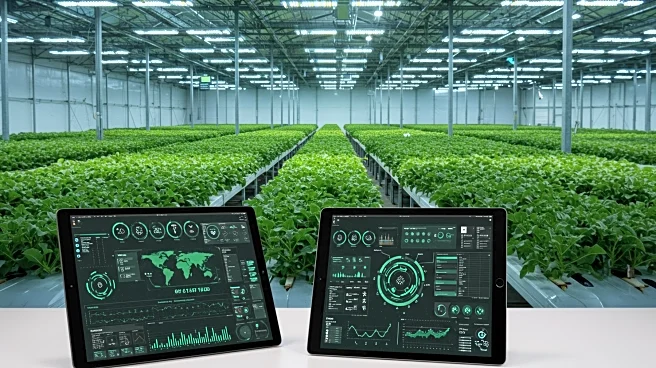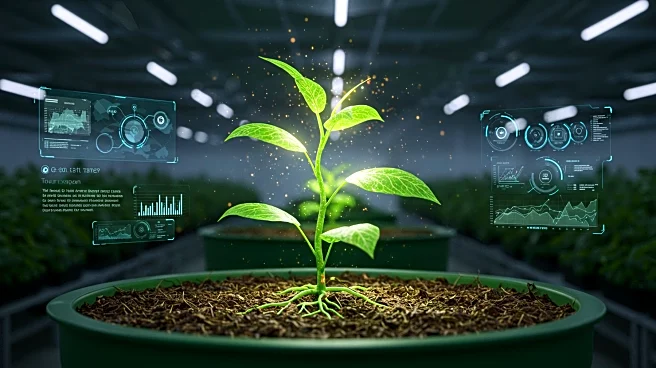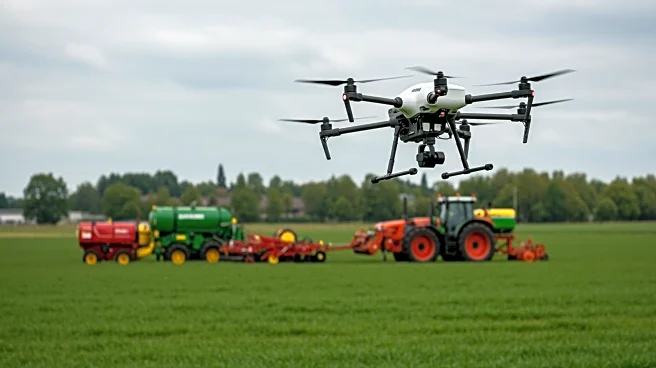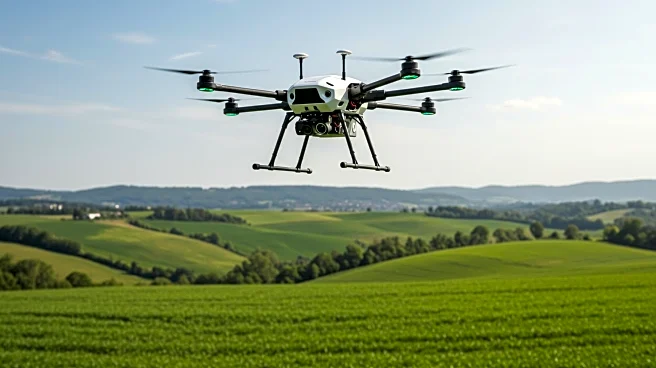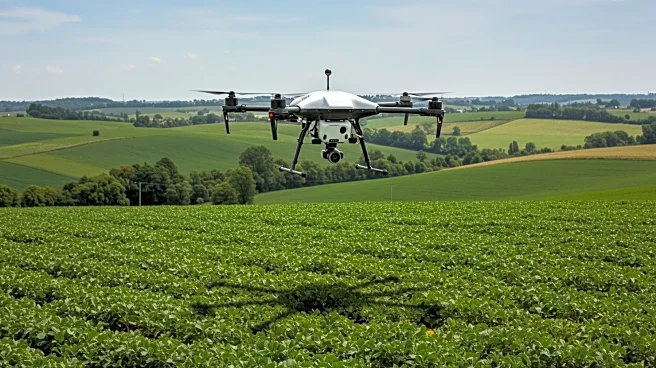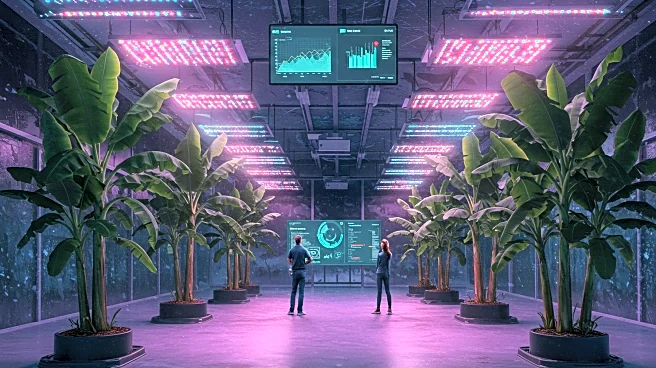Rapid Read • 7 min read
Seed applied technologies (SATs) are transforming agriculture by enhancing seed protection and growth through treatments applied directly to seeds before planting. These technologies include chemical, biological, physical, and mechanical treatments aimed at boosting germination rates and ensuring uniform crop establishment. SATs offer benefits such as reduced chemical load, early-stage protection, and increased sustainability. The market for seed technologies is projected to grow from USD 9.35 billion in 2025 to USD 14.50 billion by 2030, driven by the demand for sustainable farming practices and higher crop yields. Innovations in SATs include microencapsulation, biological seed treatments, and precision formulations integrated with digital tools.
AD
The growth of SATs is crucial for advancing sustainable agriculture, as they reduce the need for broad chemical applications and support eco-friendly farming practices. By protecting seeds during their vulnerable early growth stages, SATs help ensure successful crop establishment, which is vital for food security and agricultural productivity. The expansion of the SAT market reflects increasing investment in high-value seeds and the adoption of advanced crop protection solutions. As biological treatments gain popularity, they align with regulatory trends favoring environmentally conscious practices, potentially leading to more resilient and sustainable agricultural systems.
The rise of SATs highlights the importance of integrating technology with traditional farming practices to address challenges such as climate change and resource scarcity. As SATs become more prevalent, they may influence regulatory policies and encourage collaboration between agribusinesses, governments, and farmers to promote sustainable agriculture. The focus on biological treatments and precision agriculture could lead to long-term shifts in farming practices, emphasizing the role of technology in achieving environmental and economic goals.
AD
More Stories You Might Enjoy


